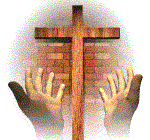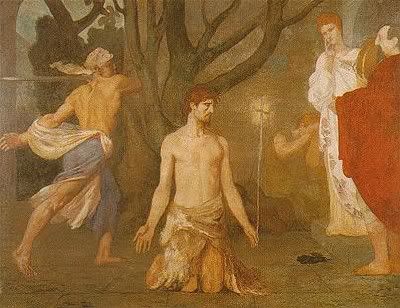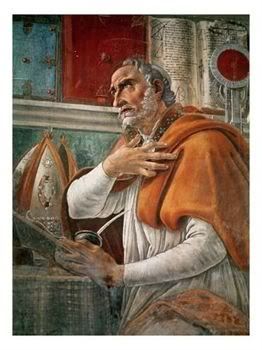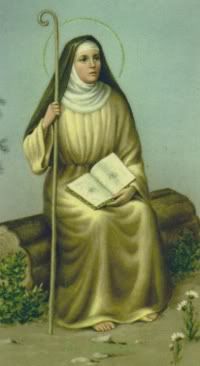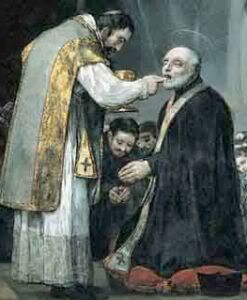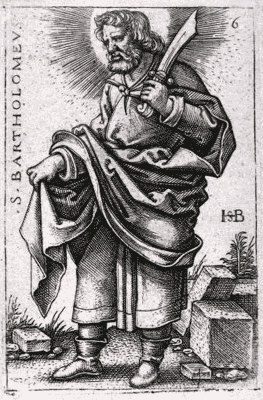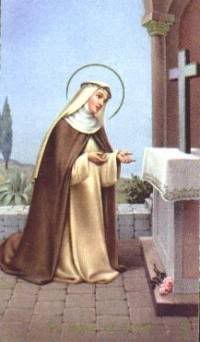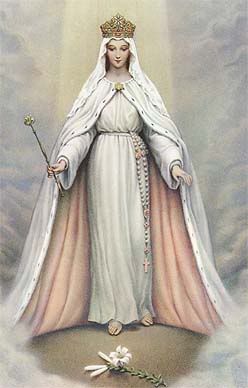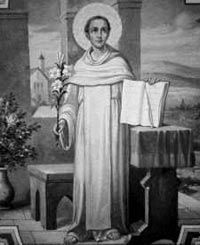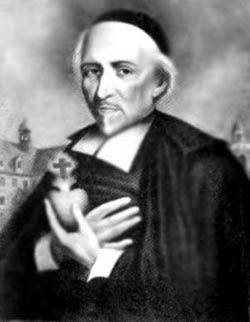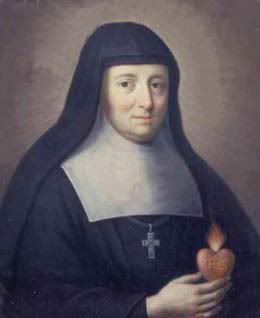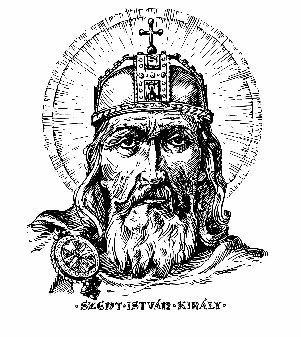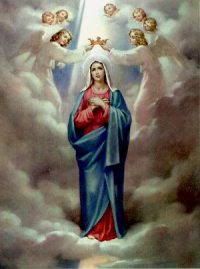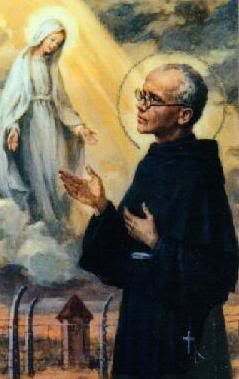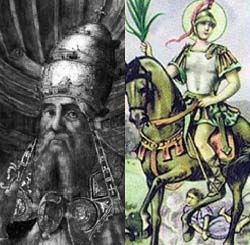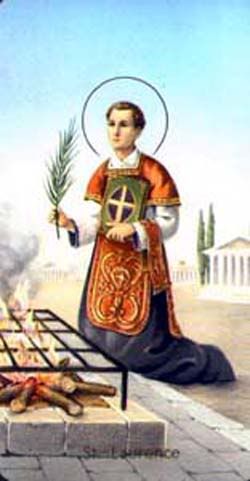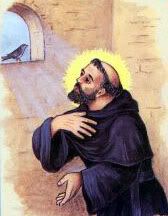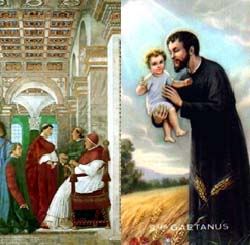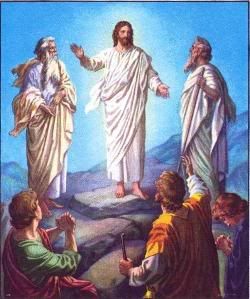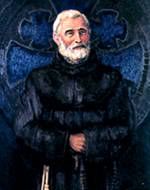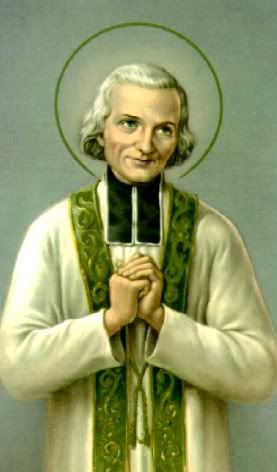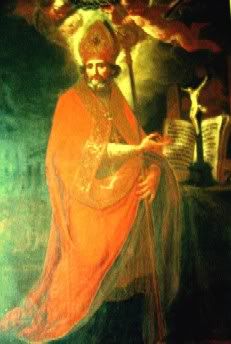August 31 - St. Aidan
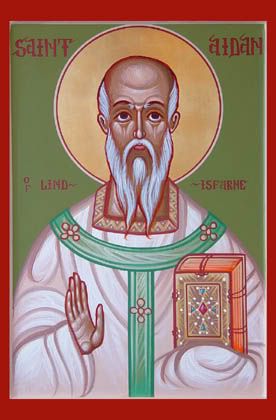
AUGUST 31
ST. AIDAN
Aidan was a seventh-century Irish monk. He lived at the great monastery of Iona, which St. Columban had founded. St. Oswald became king of North England in 634. He asked for missionaries to preach to his pagan people. The first missionary to go soon came back complaining that the English were rude, stubborn and wild. The monks got together to talk about the situation. "It seems to me," St. Aidan said to the returned monk, "that you have been too harsh with those people." He then explained that, as St. Paul says, first easy teachings are to be given. Then when the people have grown stronger on the Word of God, they can start to do the more perfect things of God's holy law.
When the monks heard such wise words, they turned to Aidan. "You should be the one to go to North England to preach the Gospel," they said. Aidan went willingly. He took on his new assignment with humility and a spirit of prayer. He began by preaching. King St. Oswald himself translated Aidan's sermons into English until the saint learned the language better. St. Aidan traveled all over, always on foot. He preached and helped the people. He did much good and was greatly loved by the people. After thirty years of St. Aidan's ministry, any monk or priest who came into the village was greeted with great joy by all the villagers.
On the island of Lindisfarne, St. Aidan built a large monastery. So many saints were to come from there that Lindisfarne became known as the Holy Island. Little by little, the influence of these zealous missionaries changed North England into a civilized, Christian land. St. Aidan died in 651.
We can learn from St. Aidan's life that the witness of a joyful, kind person is a powerful influence on others. When we need help seeing the good in people, we can whisper a prayer to St. Aidan.
